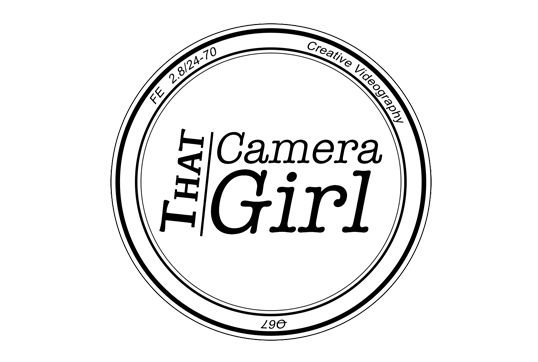How often do you post content directly to a social media platform compared to posting links?
Did you know that only posting links to external content could be harming the reach of your posts?
Today we’re going to look at some benefits of posting native video content to your social platforms, and explore a few different options to get the most out of your posts.

So what is native content?
Put simply, native content is content you post directly to a social media platform instead of posting a link.
If we break down the core mission of a social media platform, it is to keep users on their platform for as long as possible. And, to get them back on as soon as possible when they leave.
Here’s a couple of examples of that: Have you ever noticed the timing of notifications that pop up from Instagram?
Instagram notifications are designed to give you a little hit of dopamine by sending you a reminder that so and so has liked your post – whether it’s a new notification or not – several minutes after you’ve been on the platform to get you back in wanting more.
When you click a link to a YouTube video on the mobile Facebook app, it doesn’t immediately take you to the YouTube app. It gives you the option at the top of the screen, but it opens the video in a pop-up tab within Facebook, in the hopes that once you finish watching the video you’ll close it and continue your scroll.
These platforms are businesses like any other. They use advertisers and sponsors to earn revenue from users like us who spend our time on their sites. The more time they can keep us engaged, the better.
So what does it all mean for native video content – when you can keep users on the platform for longer, with the use of native video content, you are also helping the platform achieve its core function.
When you only post external links to social media sites you are always driving your audience, and the platform’s audience, away. It’s a great way to get people to visit your blog or YouTube channel, but it isn’t good for the platform’s business model.
Which means the algorithm isn’t going to help you reach more people because where is the benefit to the platform in that?
When you’re keeping viewers on your page or profile by engaging them in video content the algorithm will recognise that and start to reward you by showing your account to more viewers.
And, here are some reasons why…
- There are more than 4 billion video views on Facebook daily.
- 500 million viewers watch over 100 million hours of video content on Facebook every day
- Facebook native videos get 478% more shares than videos from other sources do
- People will gaze for 5X longer at a video than at a static post when scrolling through Facebook.
- 65% of people who watch the first 3 seconds of a video, will watch for at least 10 seconds.
- And here’s a doozy for you…
- Marketers spend 20X more on Television ads than they do on Facebook videos to reach just twice the audience.
So what can we take away from these statistics?
Video is growing every single day, and it’s only going to get bigger.
One option to help grow your presence on these platforms with video is to mix up your content strategy to include native video amongst your external links to give the platform a bit of what it wants and to keep traffic flowing to your external web pages.
Another option is to promote your external content with a video and kill two birds with one stone. If it’s a YouTube video you could post a snippet of it to entice the viewer to want to watch the rest over on your channel.
If it’s a blog post and a new resource you’ve created you could do a little spiel about it in a short video and direct viewers to your website for more information.
Another option is to post your video and paste your link in the comments. But this is better if you have a smaller following because there is the possibility the link will become lost amongst the comment discussion.
But it doesn’t end there…
Users go to different platforms for different reasons. YouTube for long-form videos, Instagram for a quick, bite-sized piece of content, Facebook for messaging and engagement, LinkedIn for a professional community.
If you post the same video at the same time to all of your social platforms you will receive vastly different outcomes because of the type of users and the type of experience they’re looking for.
Here is where our favourite phrase comes into play – content repurposing.
How can you change up the format of your video content to suit each platform’s audience?
If you start with a long-form video for YouTube, can you break it down into its subtopics to post periodically on Facebook and LinkedIn? Or take an interesting talking point from the video and post a hook for the longer version?
Can those shorter videos be converted to portrait framing to post as an IGTV video? Which, unlike standard Instagram posts, allows you to post a live link in the title description.
Can you simplify it further into a handful of key points to create a Reel or a TikTok video?
For the most success on social media, you have to post content that each unique audience is looking for.
This in itself takes trial and error, so instead of trying to spread yourself across all social platforms, it might be more beneficial to work on really nailing one before changing your focus to another.
There are so many moving parts and components to social media, and it’s changing all the time. For more ideas and insights on how to get the most out of your video content on social media, check out this post on how to outline your videos.
